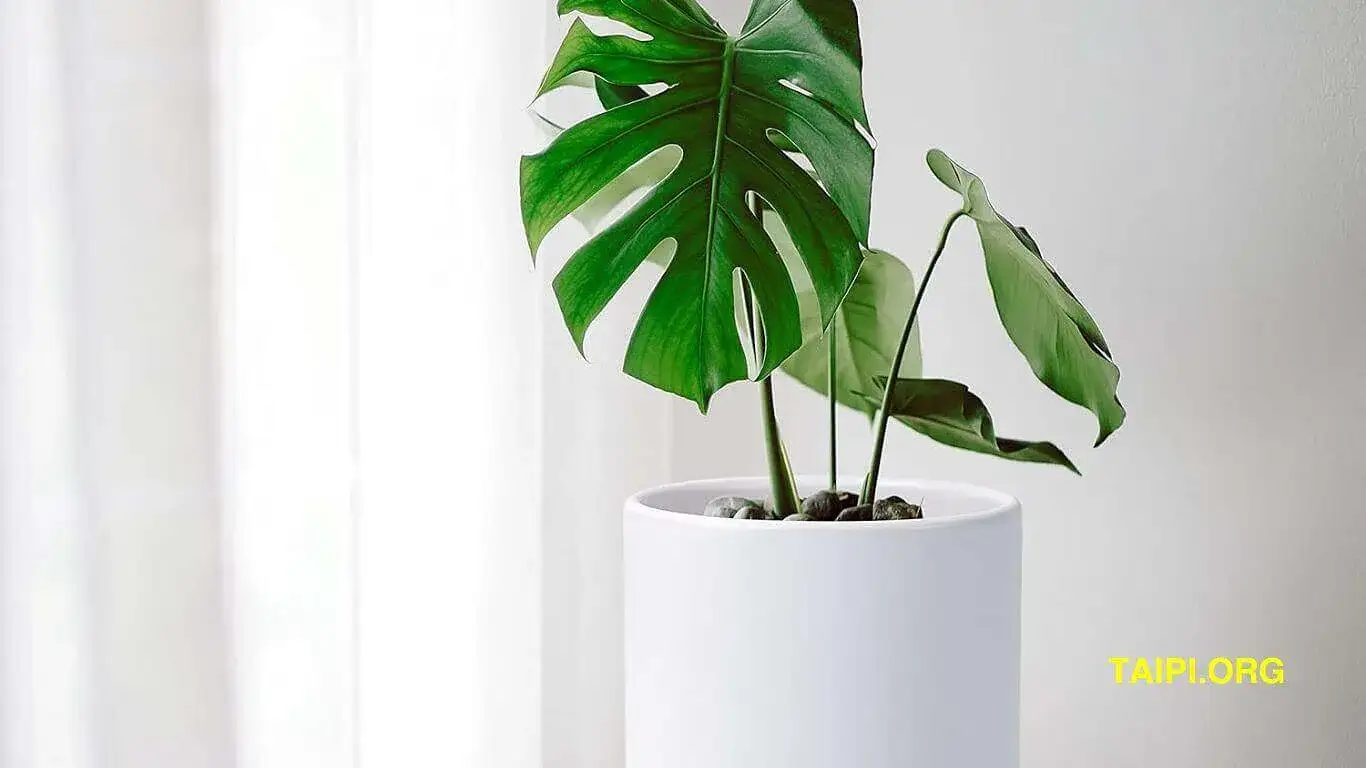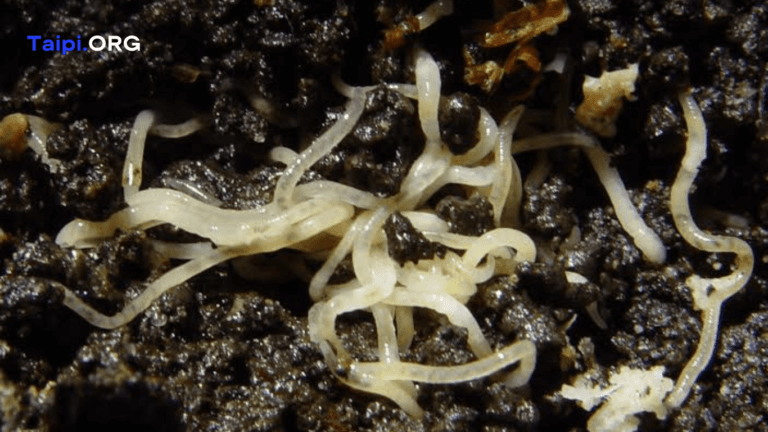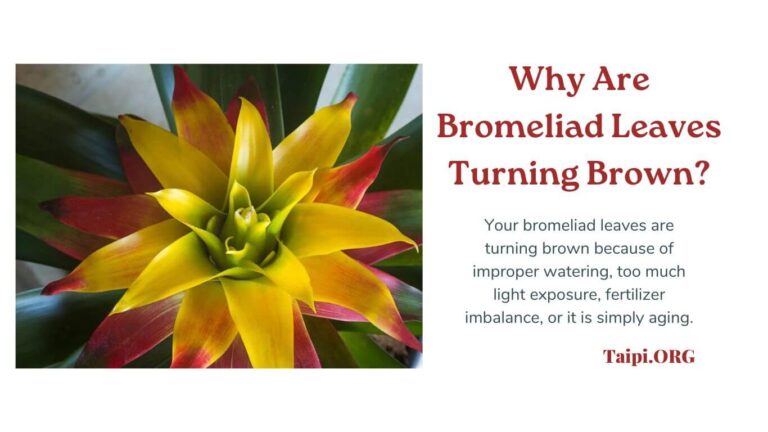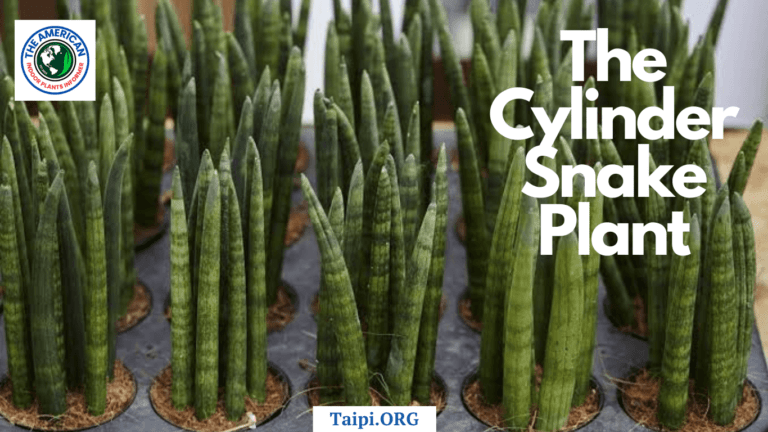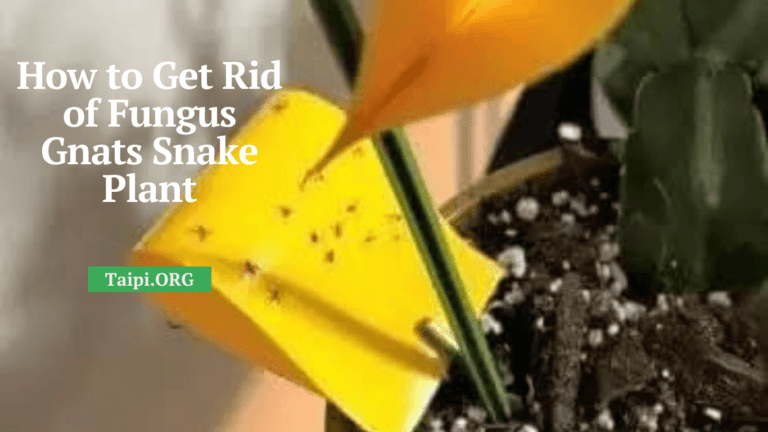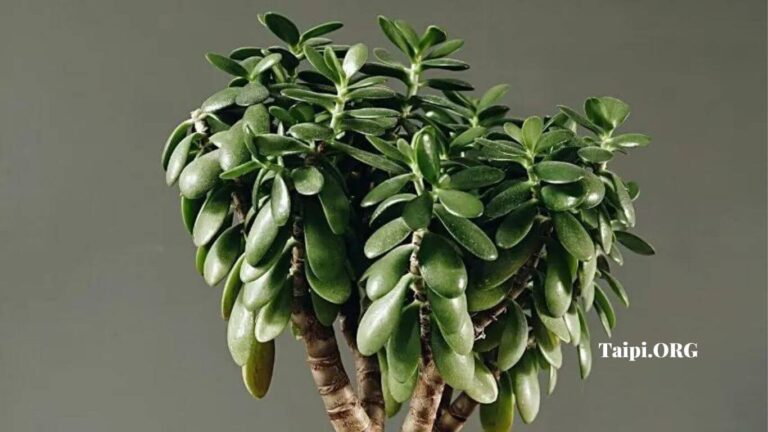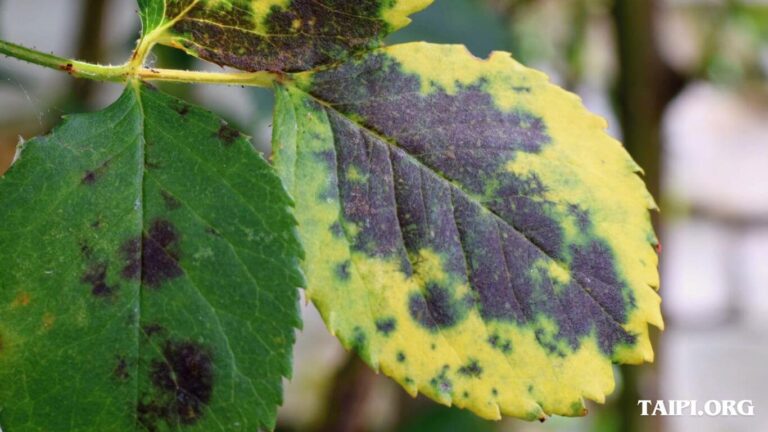How to Choose Aloe Vera Plant Pot
ALTHOUGH it may seem easy, finding the right Aloe vera plant pot from the more than a dozen types available is quite a challenge. Having the right pot for your Aloe Vera plant is important for its health and overall well-being.
Here are some tips to help you select the appropriate Aloe Vera pot plant:
Size
Choose a pot that is about 1-2 inches larger in diameter than the current pot the Aloe Vera is in. Aloe Vera plants prefer slightly snug conditions, so avoid a pot that is too large, as it can lead to overwatering issues.
Material
Use a pot made of a breathable material, such as terracotta or clay. These materials allow excess moisture to evaporate, preventing waterlogged soil.
In addition, ensure that the pot has drainage holes at the bottom to allow excess water to escape. Aloe Vera plants are susceptible to root rot if the soil is consistently too wet.
Depth
Aloe Vera plants have shallow root systems, so a pot with a depth of about 8-12 inches is usually sufficient. Shallow pots are better than deep ones, as they allow the soil to dry out more quickly, preventing overwatering.
Weight
Consider the weight of the pot. While breathable, Terracotta pots can be heavy, especially if you plan to move the pot frequently. In this case, go for a lighter material like plastic or fiberglass.
Aesthetic Appeal
Choose a pot that complements your indoor or outdoor space. A well-designed pot can enhance the overall appearance of your Aloe Vera plant.
Insulation
The climate in your region also matters a lot. If you live in a cold area, a heavier pot may provide insulation against temperature extremes. If you’re in a hot region, a lighter pot may help keep the roots cooler.
Some of the coldest parts of the US that need heavy Aloe vera plant pots include Alaska, North Dakota, Minnesota, Wyoming, Montana, Maine, Wisconsin, Idaho, Vermont, and Michigan.
Alaska tops the list as the coldest state, boasting an average annual temperature of 30.7°F.
Saucer
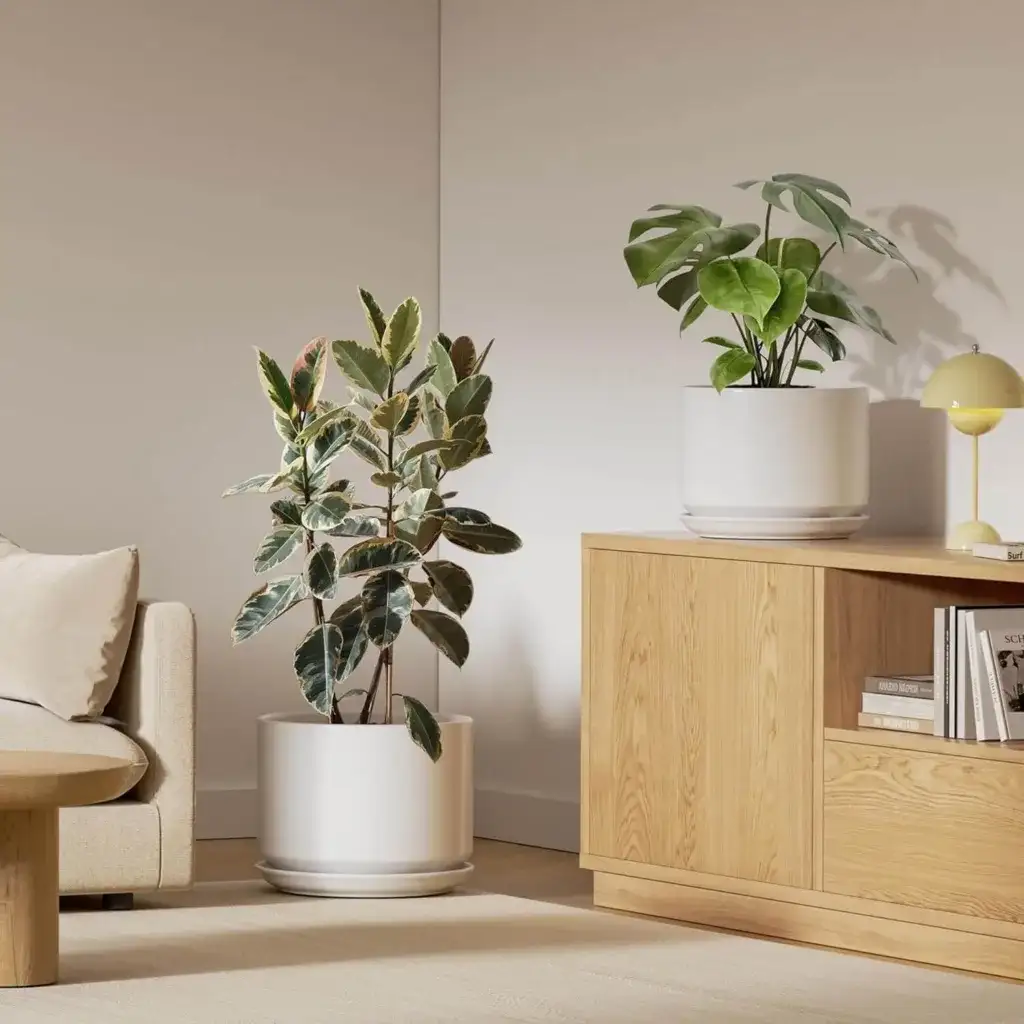
Use a pot with a saucer such as the LE TAUCI Ceramic Plant Pot (pictured above) to catch excess water. This helps prevent water damage to surfaces and allows you to monitor drainage more effectively.
Potting Mix
Use a well-draining potting mix suitable for succulents or cacti. Aloe Vera plants prefer soil that dries out relatively quickly between waterings.
Remember to repot your Aloe Vera plant every 2-3 years or when you notice that it has outgrown its current pot. This allows you to refresh the soil, check the roots, and provide a more suitable environment for continued growth.
Types of Aloe Vera Plant Pots
Selecting the best Aloe vera plant pot can largely depend on personal preferences, your specific environment, and the aesthetics you desire. However, here are five types of pots that are commonly recommended for Aloe Vera plants:
1. Terracotta or Clay Pots
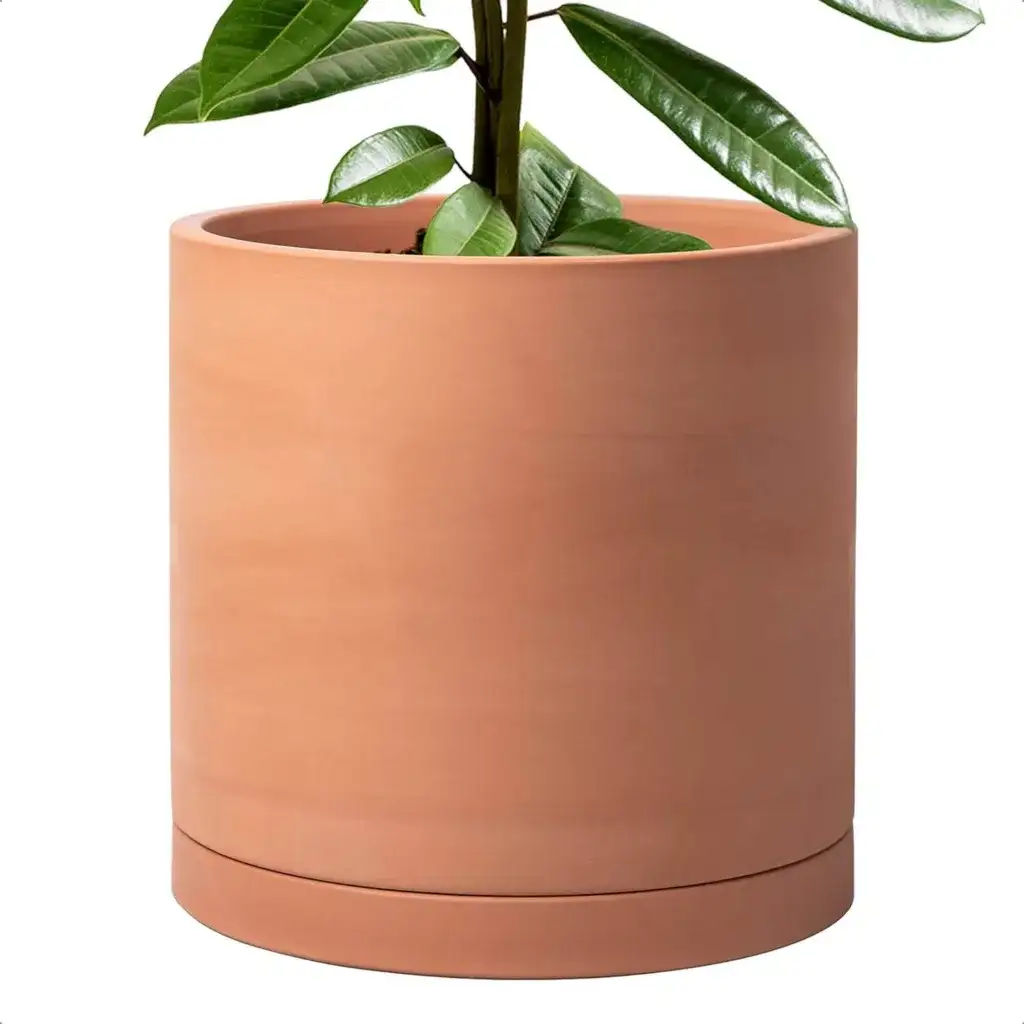
Pros: Terracotta and clay pots are breathable, allowing excess moisture to evaporate. They provide stability due to their weight and are aesthetically pleasing.
Cons: They can be heavy, and their porous nature may lead to quicker drying of the soil, requiring more frequent watering.
2. Ceramic Pots
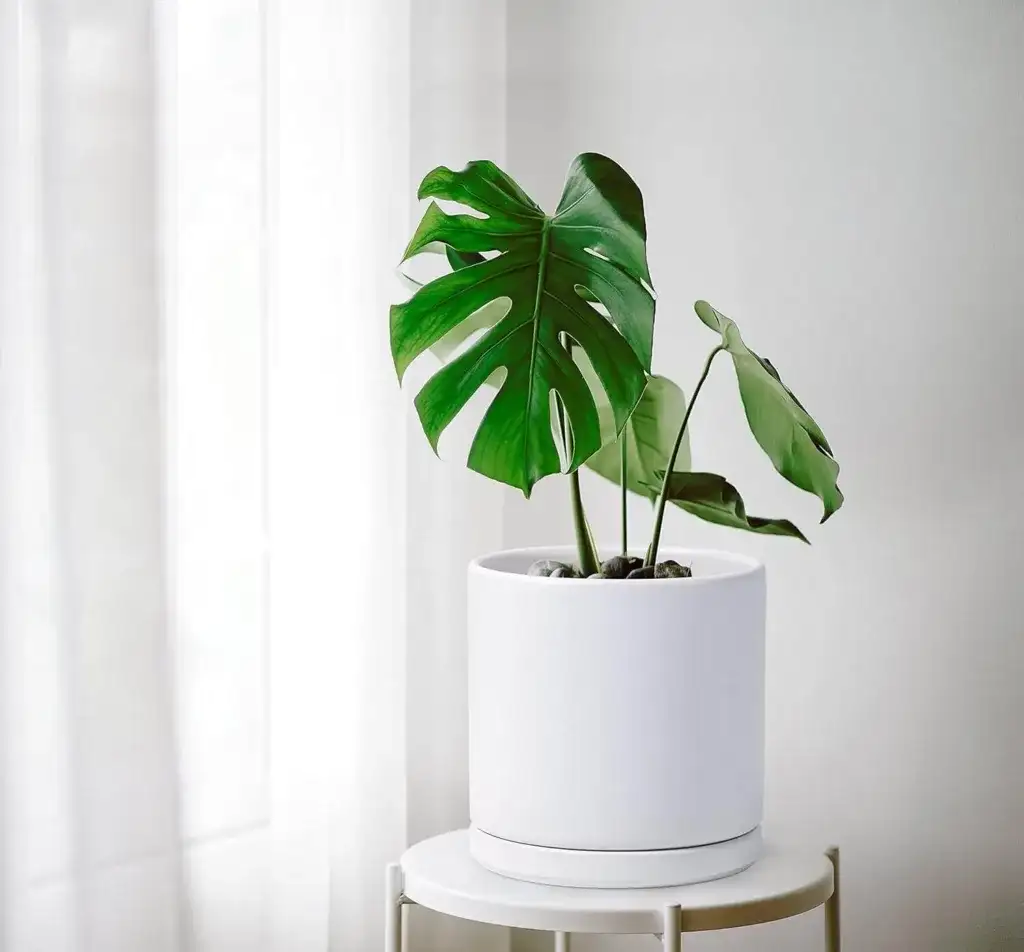
Pros: Ceramic pots come in various styles and colors, allowing for customization to match your decor. They are relatively heavy, providing stability, and can be glazed to reduce moisture loss.
Cons: Some ceramic pots may not be as breathable as terracotta, so it’s essential to monitor the soil moisture carefully.
3. Fiberglass Pots
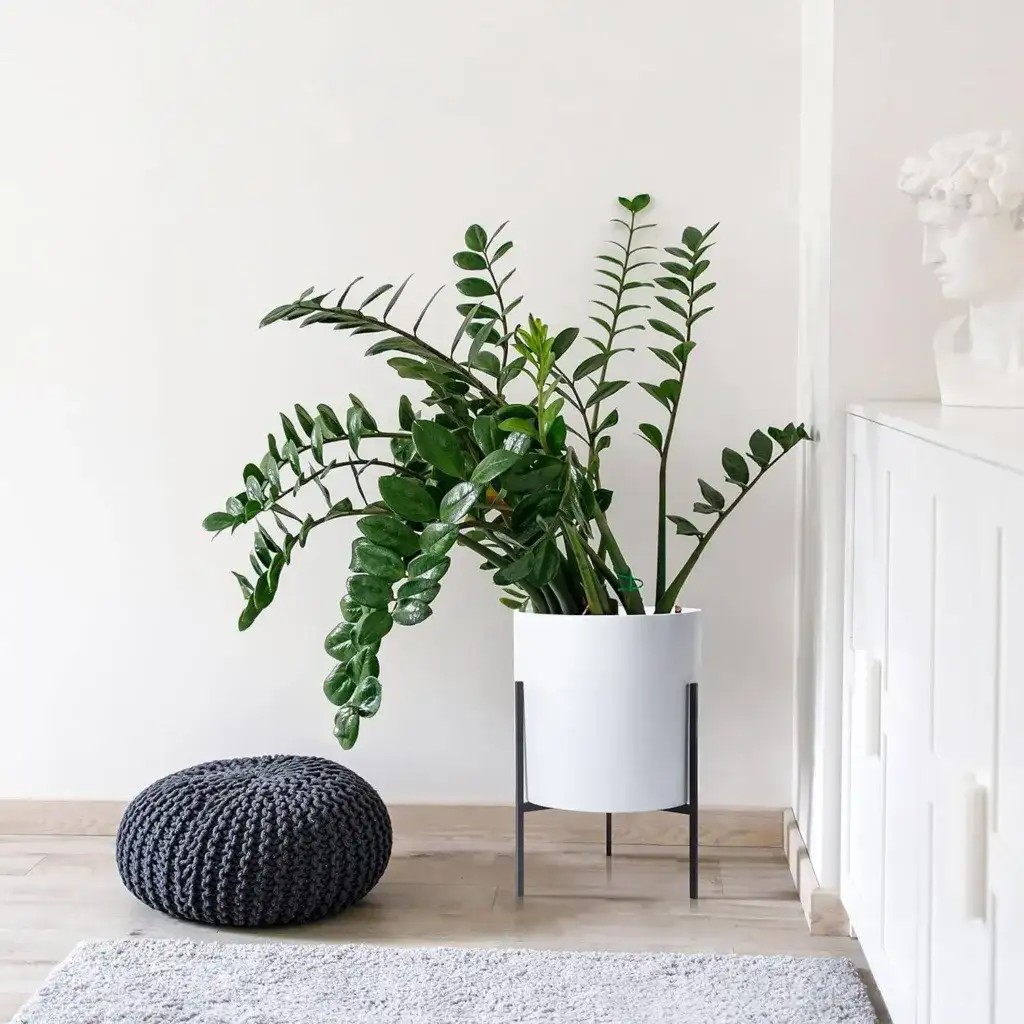
Pros: Fiberglass pots are lightweight and can mimic the appearance of heavier materials like terracotta. They are durable and weather-resistant.
Cons: Some may find the appearance less authentic compared to natural materials.
4. Plastic Pots
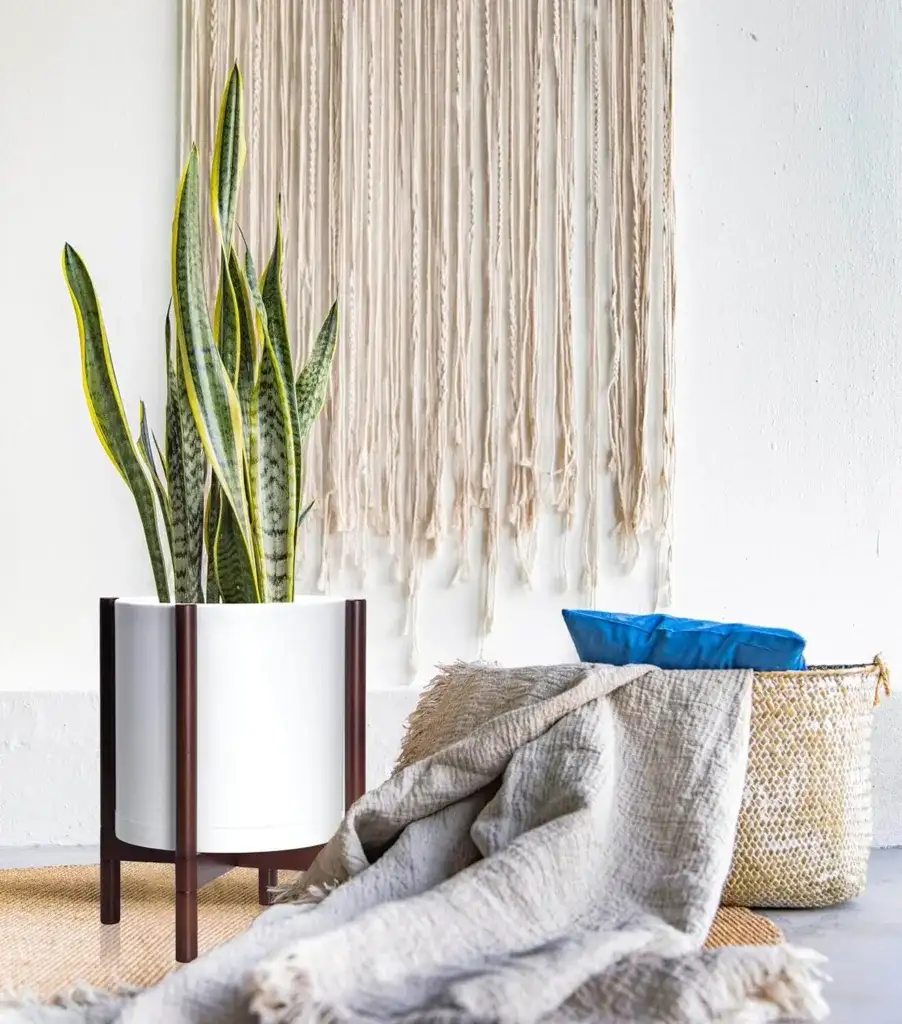
Pros: Lightweight, affordable, and available in various sizes and colors. Plastic pots are easy to move and don’t dry out as quickly as terracotta.
Cons: They may not be as aesthetically pleasing to some people, and quality can vary.
5. Self-Watering Pots
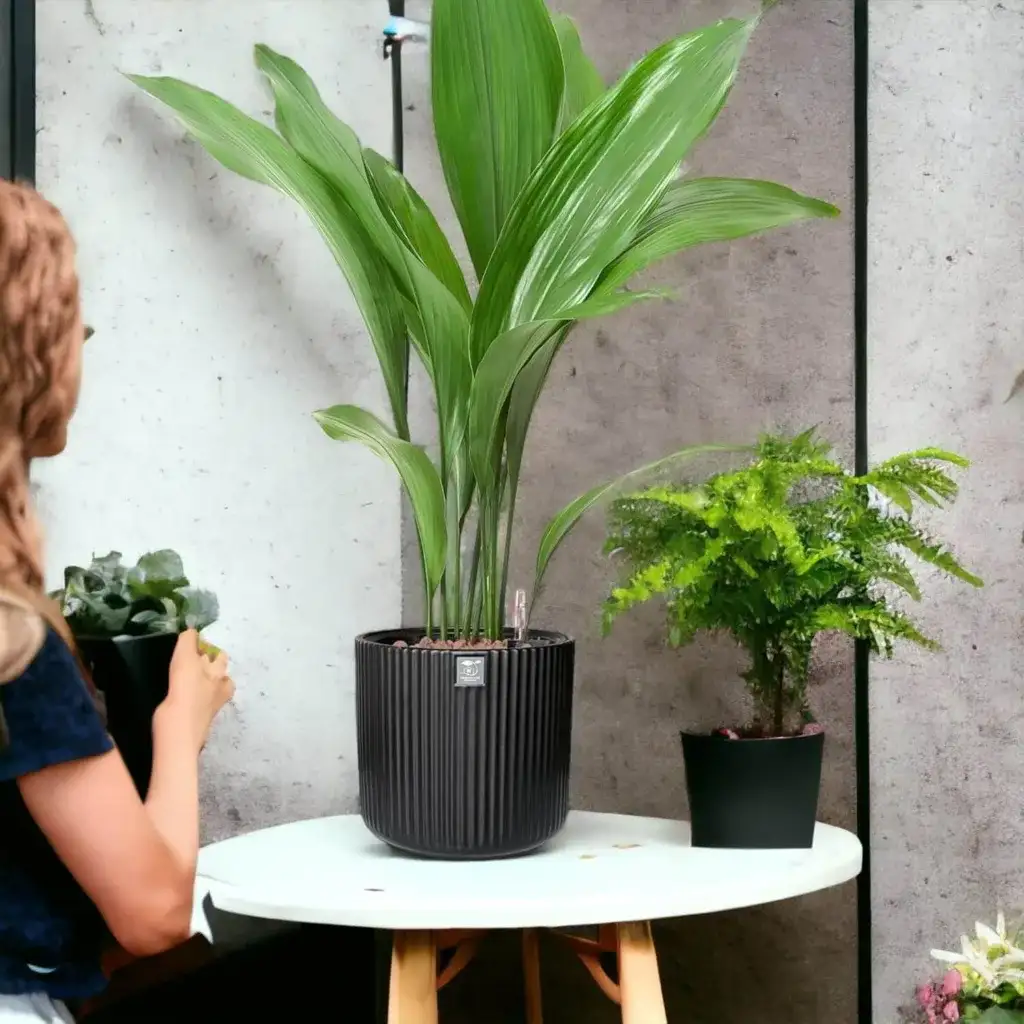
Pros: These pots have a reservoir that can help maintain consistent moisture levels, reducing the risk of overwatering or underwatering. They are available in various materials, including plastic and ceramic.
Cons: Some self-watering pots may be more expensive, and the reservoir requires regular monitoring to prevent overwatering.
Aloe Vera Plant Pot FAQs
Q: What size pot is ideal for an Aloe Vera plant?
A: Aloe Vera plants thrive in pots that are about 1-2 inches larger in diameter than their current pot. It’s important to avoid overly large pots to prevent overwatering and root rot.
Q: Do Aloe Vera plants require a specific type of pot material?
A: Aloe Vera plants prefer pots made of breathable materials, such as terracotta or clay, to allow for proper drainage and prevent waterlogged soil. Pots should also have drainage holes at the bottom.
Q: How deep should the pot be for an Aloe Vera plant?
A: Aloe Vera plants have shallow root systems, so a pot with a depth of around 8-12 inches is usually sufficient. Shallow pots are preferable to deeper ones to prevent overwatering and promote faster drying of the soil.
Q: Should I use a heavy or lightweight pot for my Aloe Vera plant?
A: The choice between a heavy or lightweight pot depends on your climate. In colder regions, a heavier pot may provide insulation against temperature extremes, while in hot areas, a lighter pot can help keep the roots cooler. Consider the ease of mobility if you plan to move the pot frequently.
Q: Why is it important for the pot to have drainage holes?
A: Drainage holes are crucial for preventing waterlogged soil and root rot. They allow excess water to escape, ensuring that the Aloe Vera plant’s roots do not sit in standing water. It promotes a well-aerated and well-draining environment for the plant.
Conclusion
When shopping for an Aloe vera plant pot, always ensure it has drainage holes at the bottom to prevent waterlogging. Consider other factors such as your climate, interior decor, and personal preferences when choosing the best pot for your Aloe Vera plant.
In addition, monitor your plant’s water needs and adjust your watering schedule accordingly, regardless of the type of pot you choose.
While Aloe vera thrives in pots ranging from 8 to 20 inches, the choice should depend on its growth stage.
However, if you are transitioning to a larger pot, it is essential to modify the soil mixture to guarantee effective drainage.

